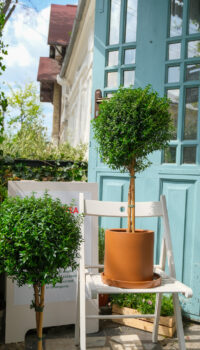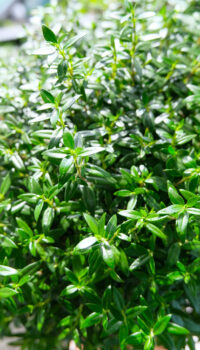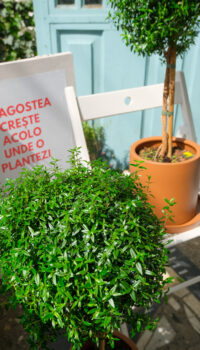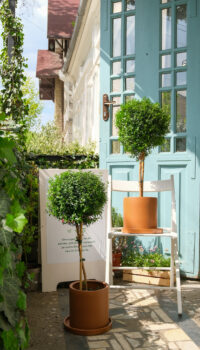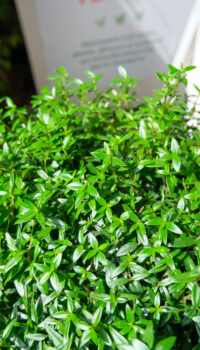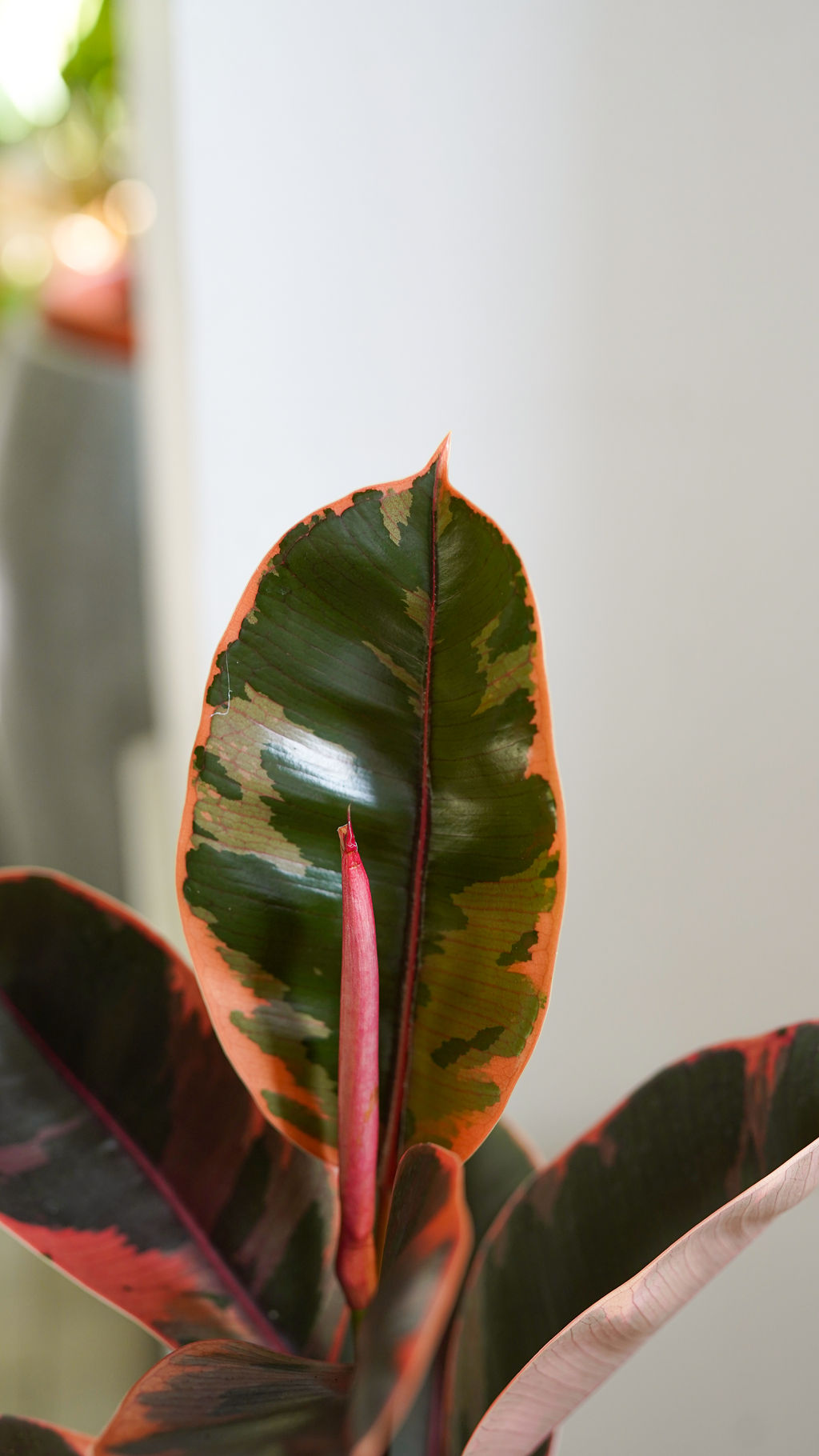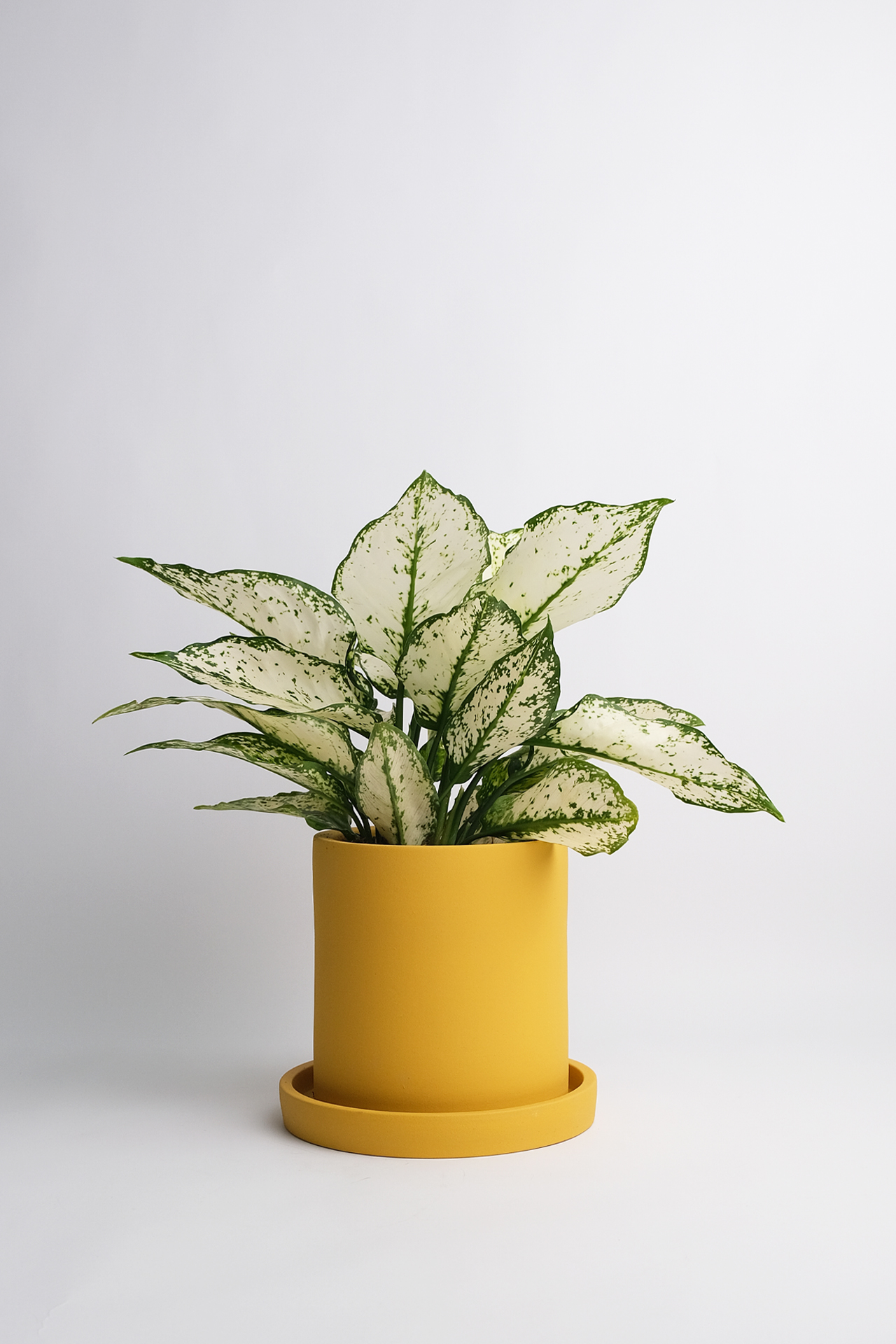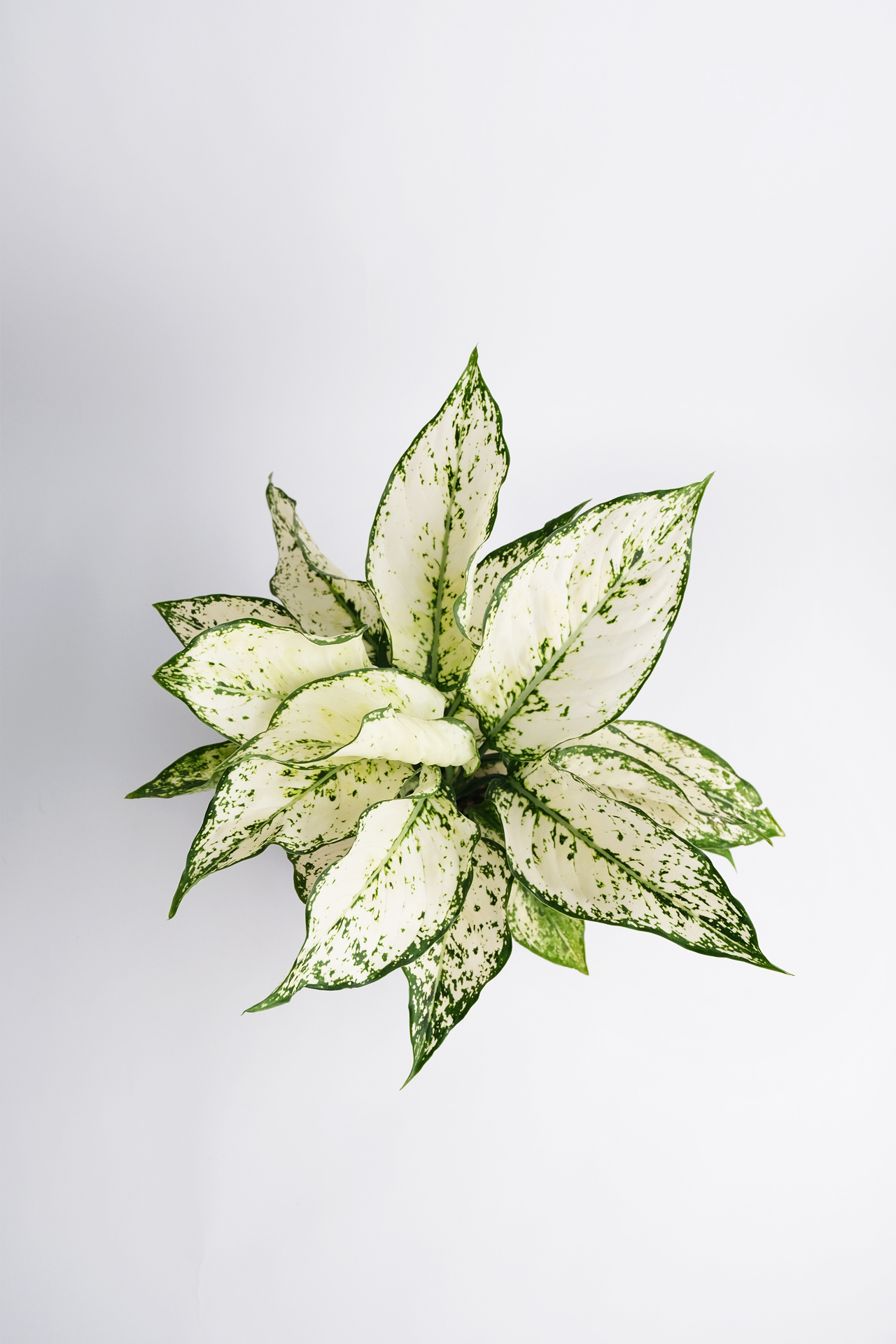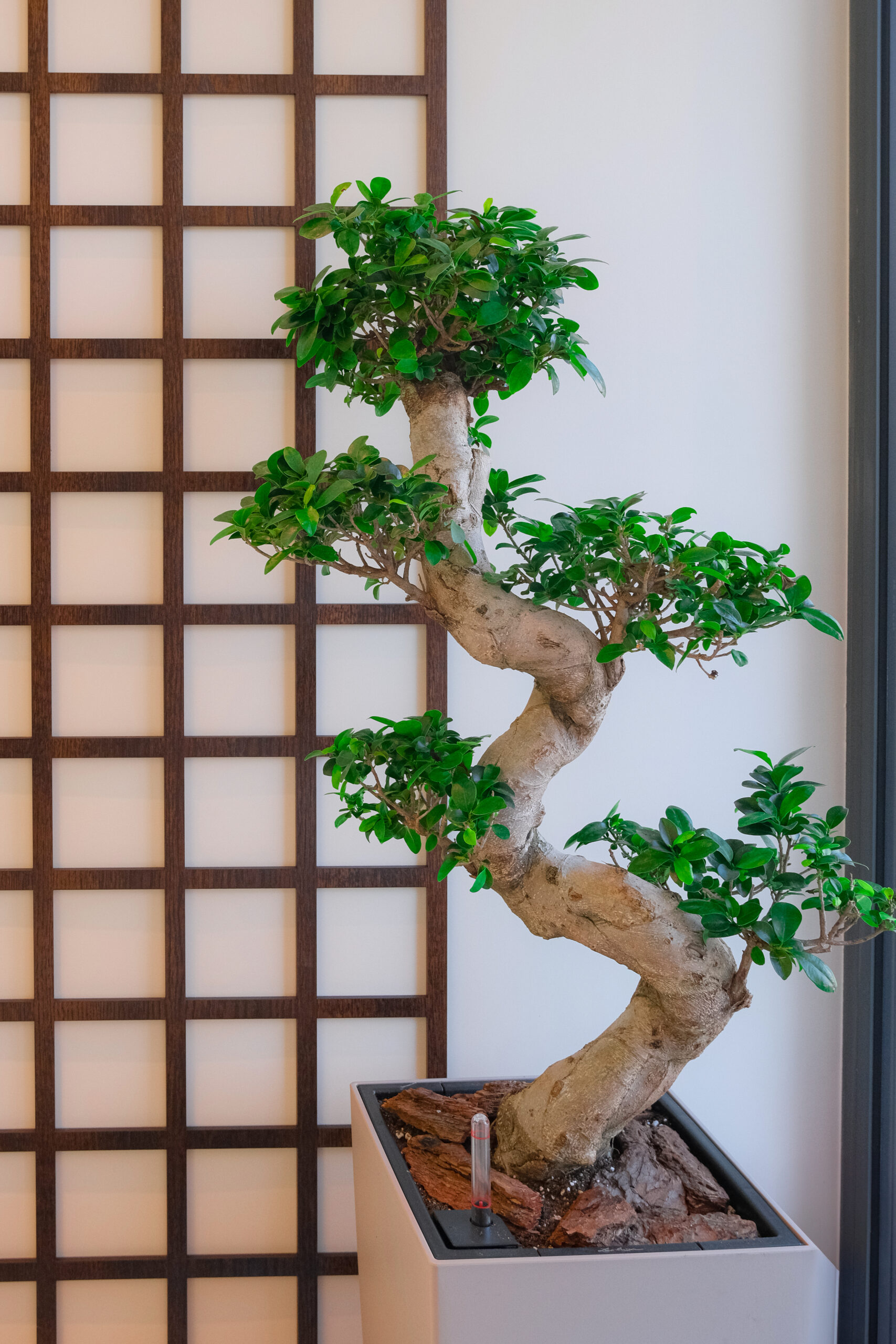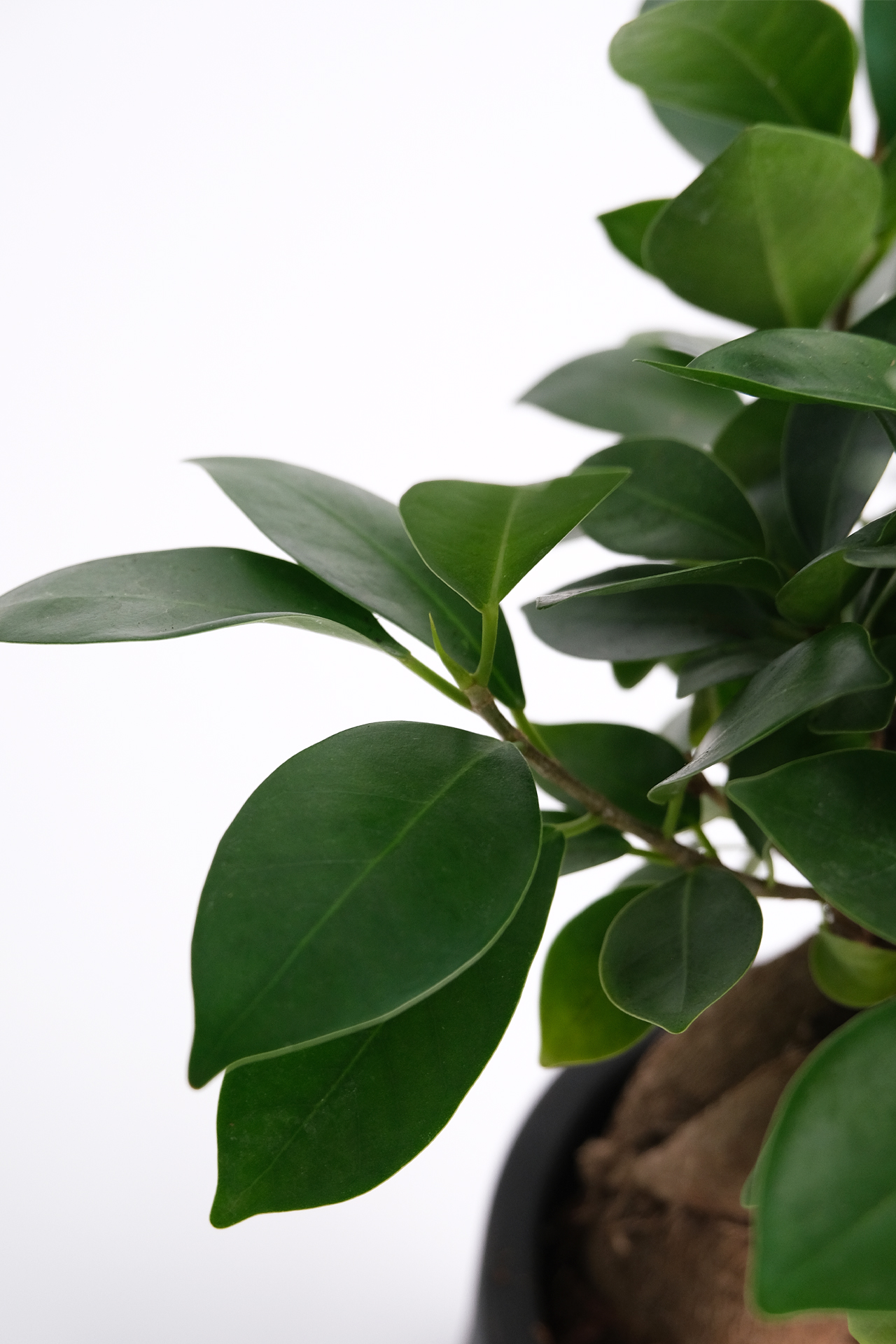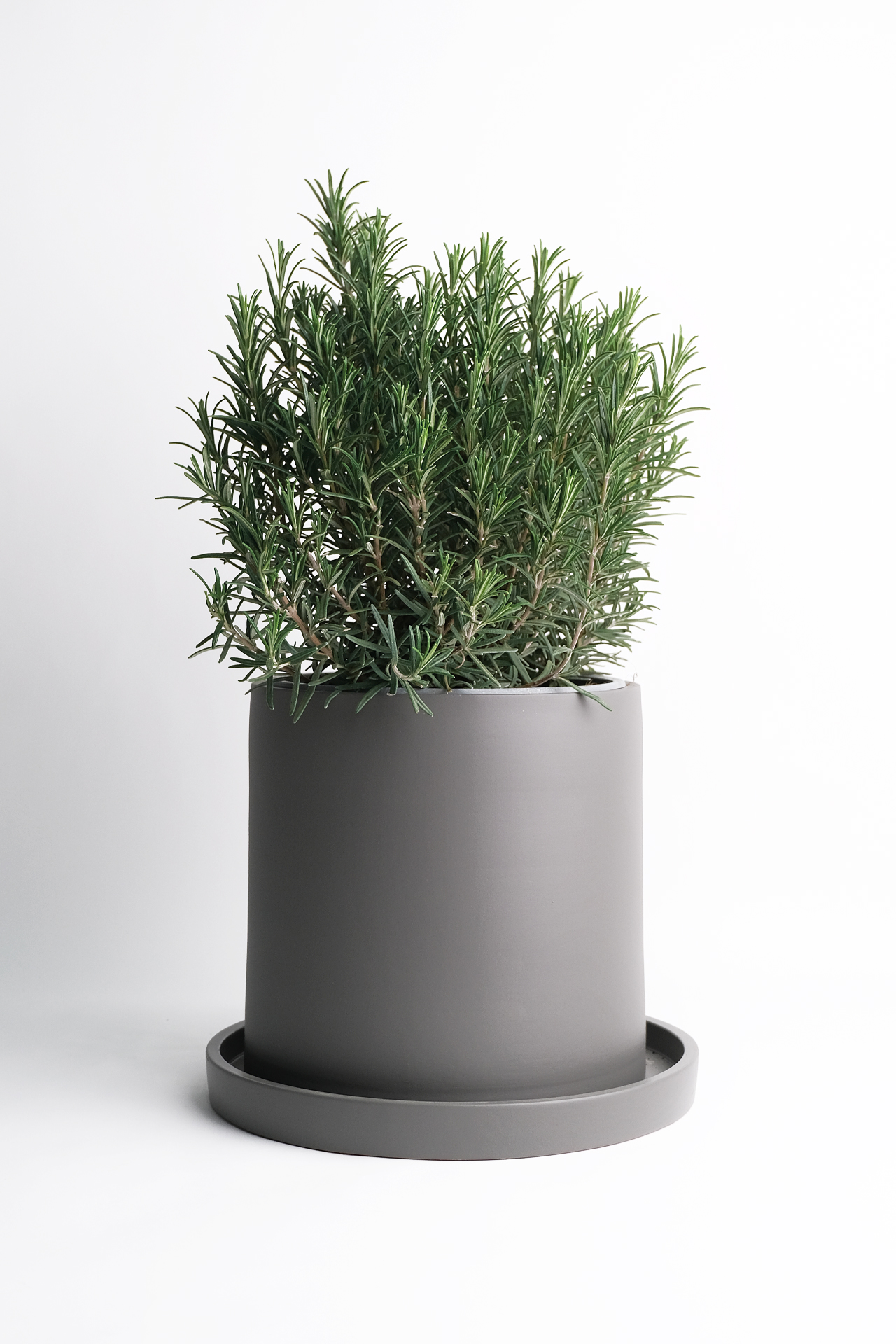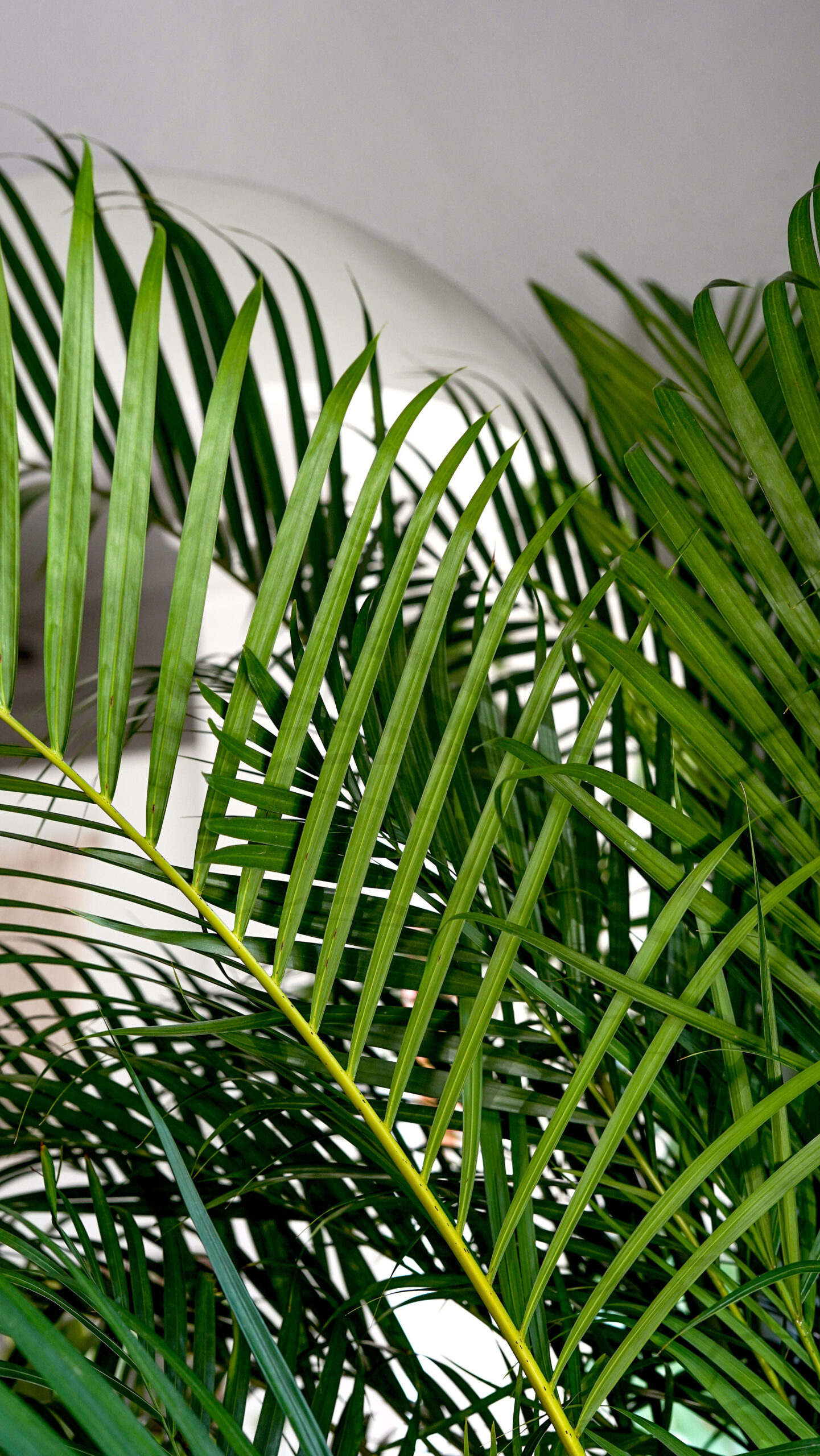-
 Universal liquid fertiliser
Quantity: 1 200 MDL
Universal liquid fertiliser
Quantity: 1 200 MDL -
 Ficus Ginseng
Quantity: 1 550 MDL
Ficus Ginseng
Quantity: 1 550 MDL -
 Scindapsus Marble Queen
Quantity: 1 500 MDL
Scindapsus Marble Queen
Quantity: 1 500 MDL -
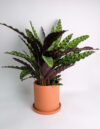 Calathea Insigne
Quantity: 1 450 MDL
Calathea Insigne
Quantity: 1 450 MDL -
 Ficus Bin Amstel King
Quantity: 1 2.500 MDL
Ficus Bin Amstel King
Quantity: 1 2.500 MDL
Subtotal : 4.200 MDL


